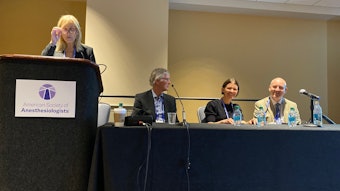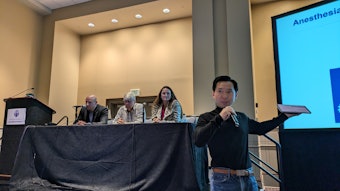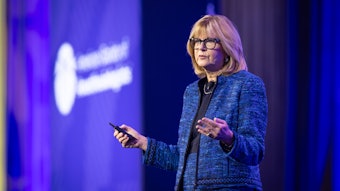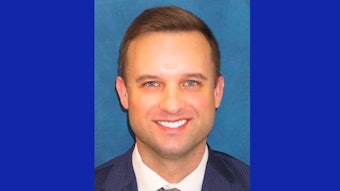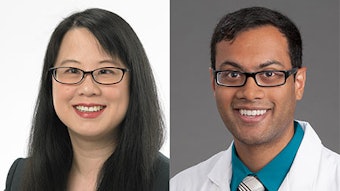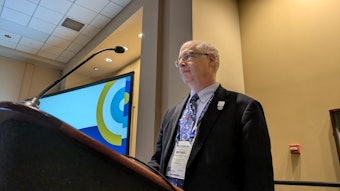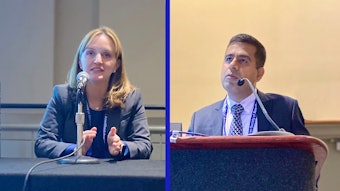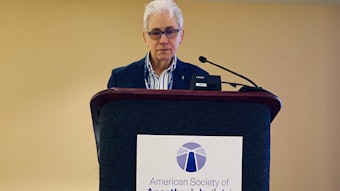The lifesaving practice of life support
What it means to certify in ACLS or PeRLS and apply it to the perioperative environment.
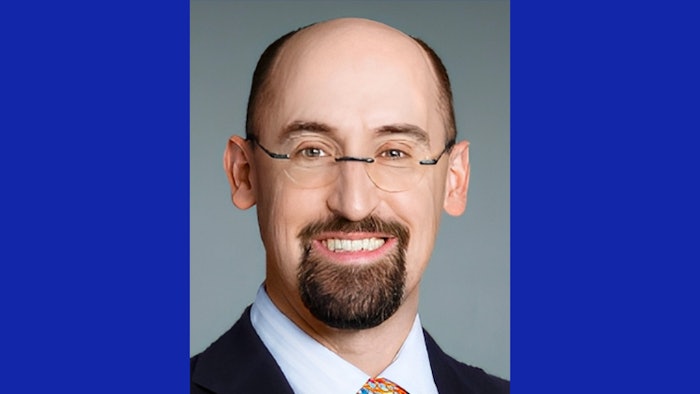
Life support and resuscitation are the last things that anesthesiologists want to be forced to provide. Yet, they are skills that must be practiced, said Mark E. Nunnally, MD, FCCM, a speaker in Monday’s session, “Incorporating PeRLS in the Perioperative Period: Creating a Bespoke ACLS for the Perioperative Period.”
The first approach to achieving this proficiency was the advanced cardiac life support (ACLS) course created by the American Heart Association (AHA). The program provides training on everything from elements of basic life support to recognition, early treatment, and management of patients who experience acute coronary syndrome or stroke.
“ACLS is essentially what to do if you find someone dead on the sidewalk, in the hospital, or in transit to the hospital,” said Dr. Nunnally, who is a Professor in the departments of anesthesiology, perioperative and pain medicine, neurology, surgery, and medicine, at NYU Langone Health in New York City. “It is a thoughtful approach based on likelihoods and the most relevant and up-to-date evidence, and it is meant to maximize the chance of success.”
Another methodology in the same vein as ACLS is PeRLS: Perioperative Resuscitation and Life Support. In fact, according to ASA, many hospitals now accept PeRLS certification to fulfill ACLS training requirements.
Dr. Nunnally said PeRLS is an adapted approach that focuses more on the perioperative setting, in which health care teams are more informed of their patients and various causes. By incorporating PeRLS into ORs, anesthesiologists can provide lifesaving support to patients in a range of critical scenarios. For example, physicians can identify and neutralize decompensation before arrest occurs, said Dr. Nunnally.
“That is our raison d’être,” he said. “We want to generate the best learning and updated materials that allow clinicians to exercise relevant skills. We would like to provide an acknowledgement of this practice that organizations can use to make sure their staff are fully informed.”
There are groups that build on certifications like ACLS and PeRLS by developing customized strategies that better suit their departments. The key is having the opportunity to engage in a variety of simulations and being ready to act when a crisis occurs in real life.
“Both programs emphasize teamwork, systematic approaches, and fundamental resuscitation principles, such as quality CPR,” Dr. Nunnally said.
To him, this includes being adept at administering fluids, vasoconstrictors, and isotopes, as well as executing mechanical circulatory support, airway management, and rhythm management during a resuscitative event.
“Learning needs to be relevant, accessible, and enduring,” said Dr. Nunnally, who will be joined by session speakers Sheela Pai Cole, MD, FASE, FASA, and Vivek Moitra, MD, and session moderator, Michael O’Connor, MD, FCCM, FASA.
